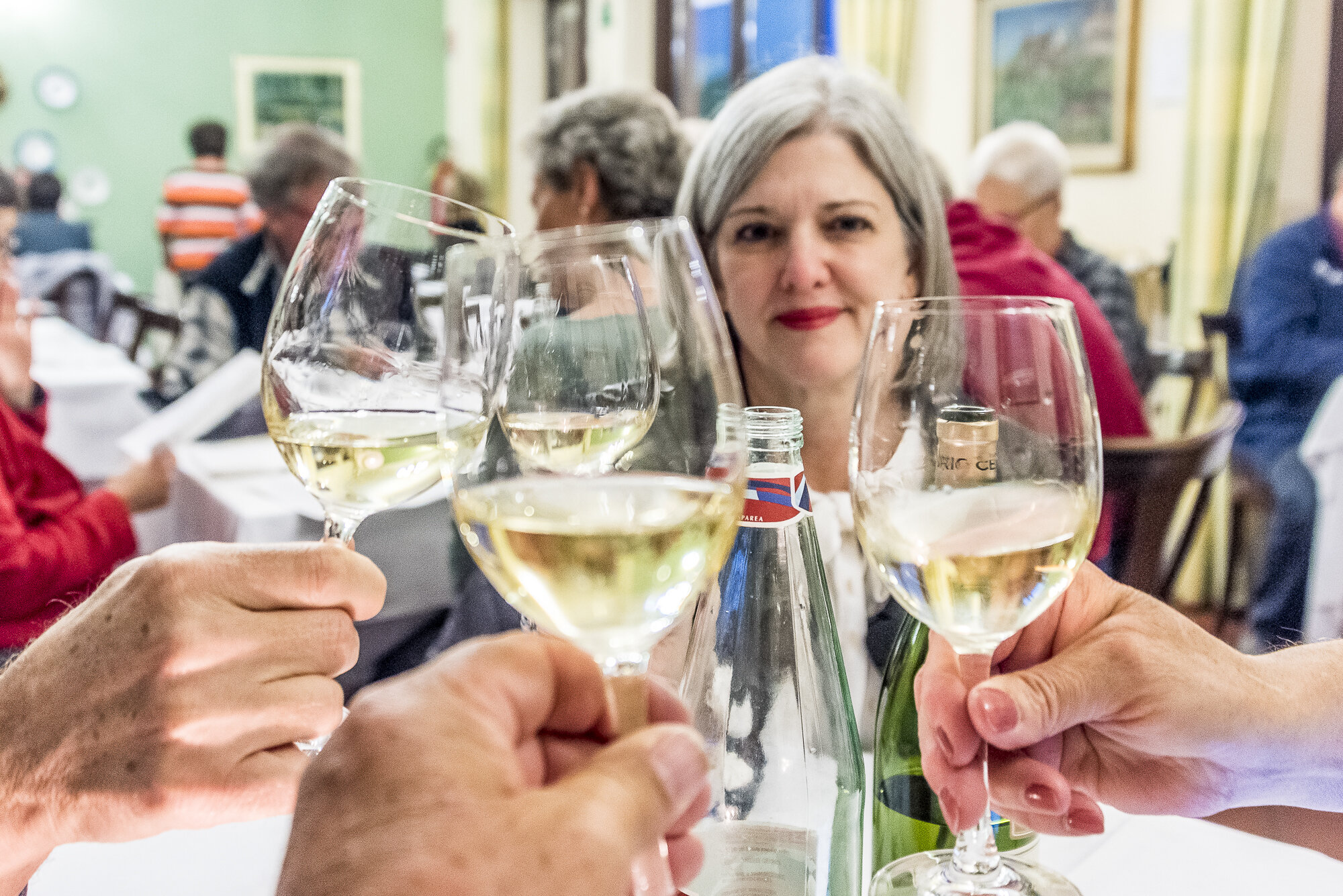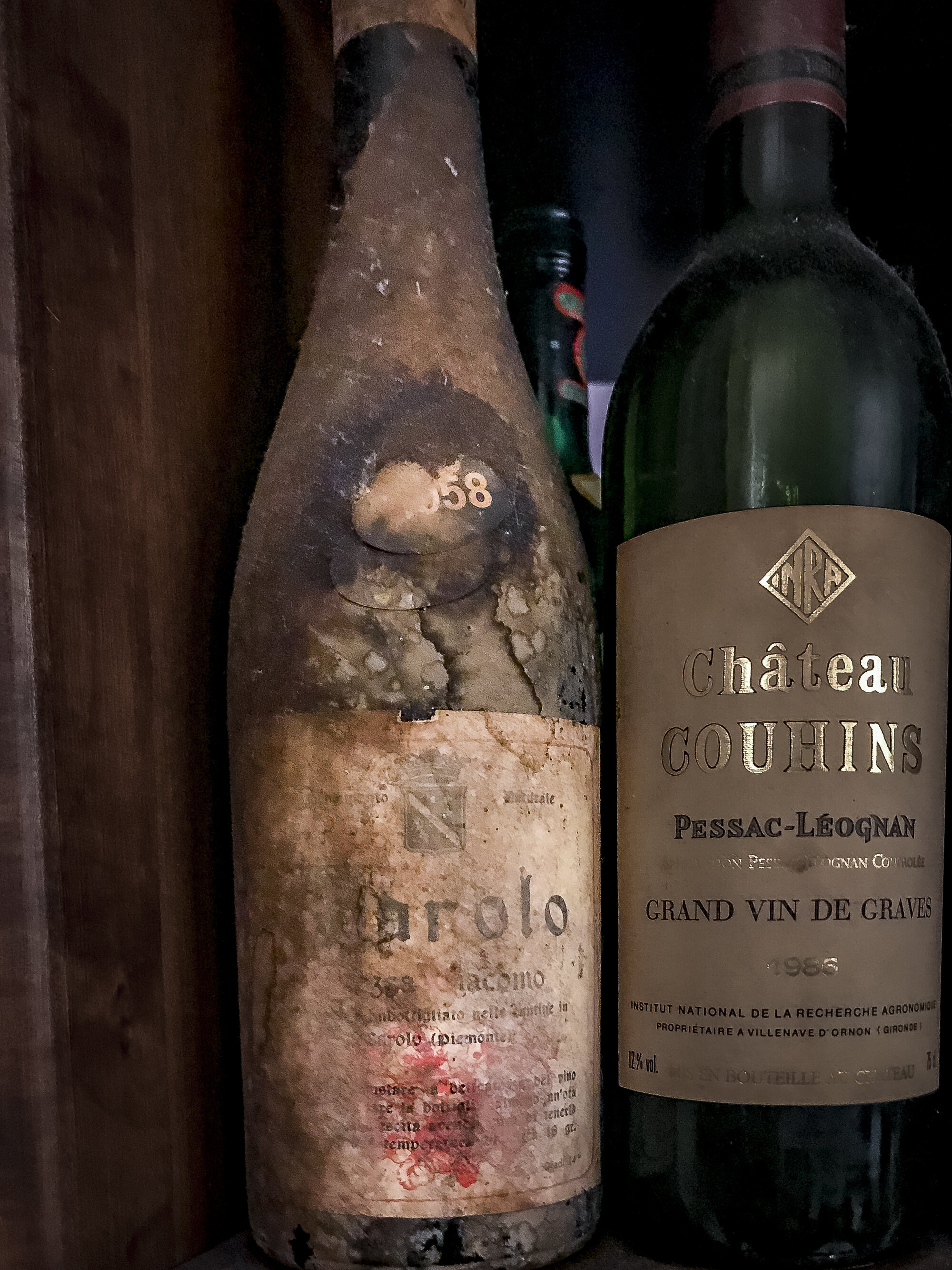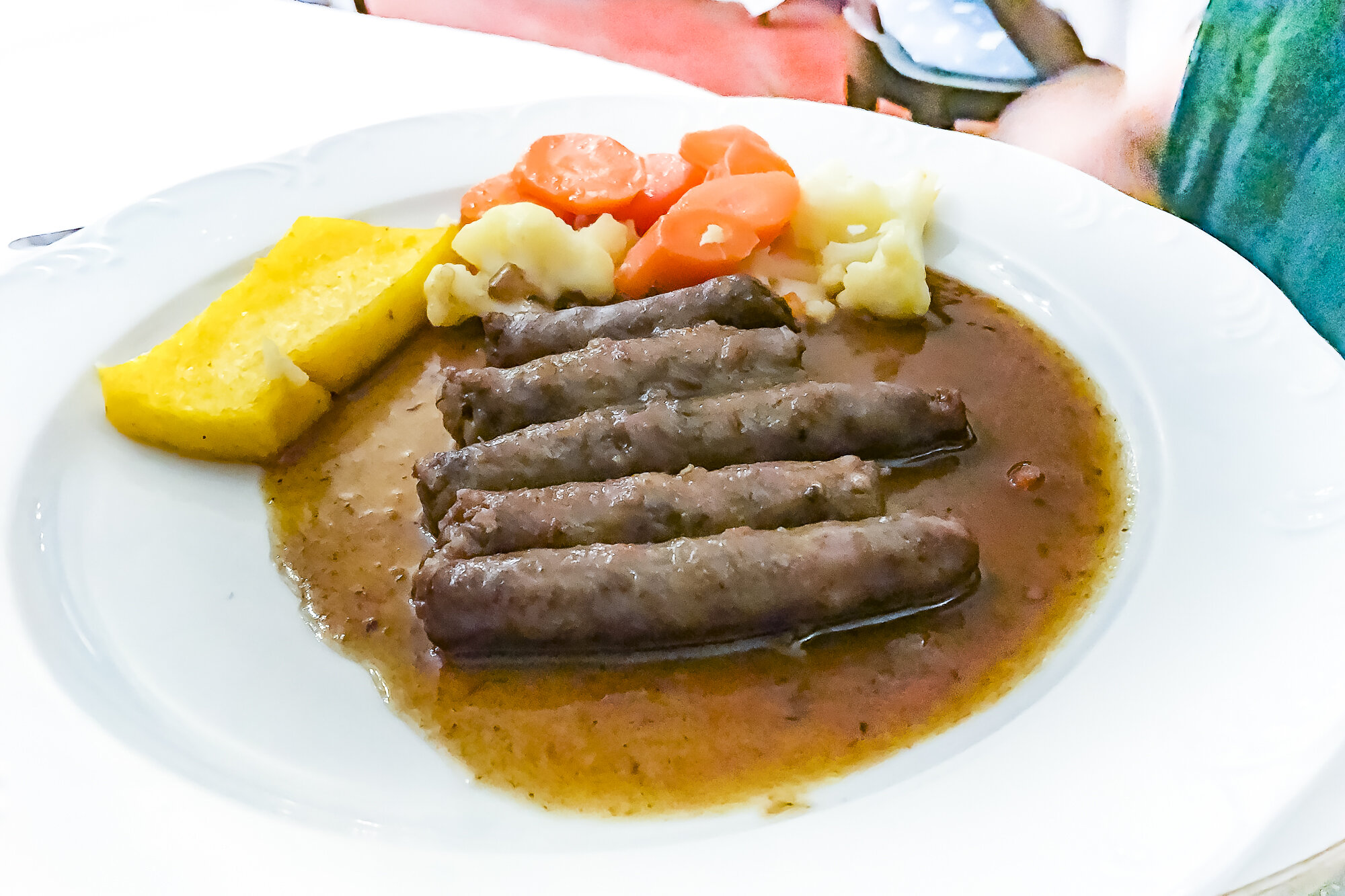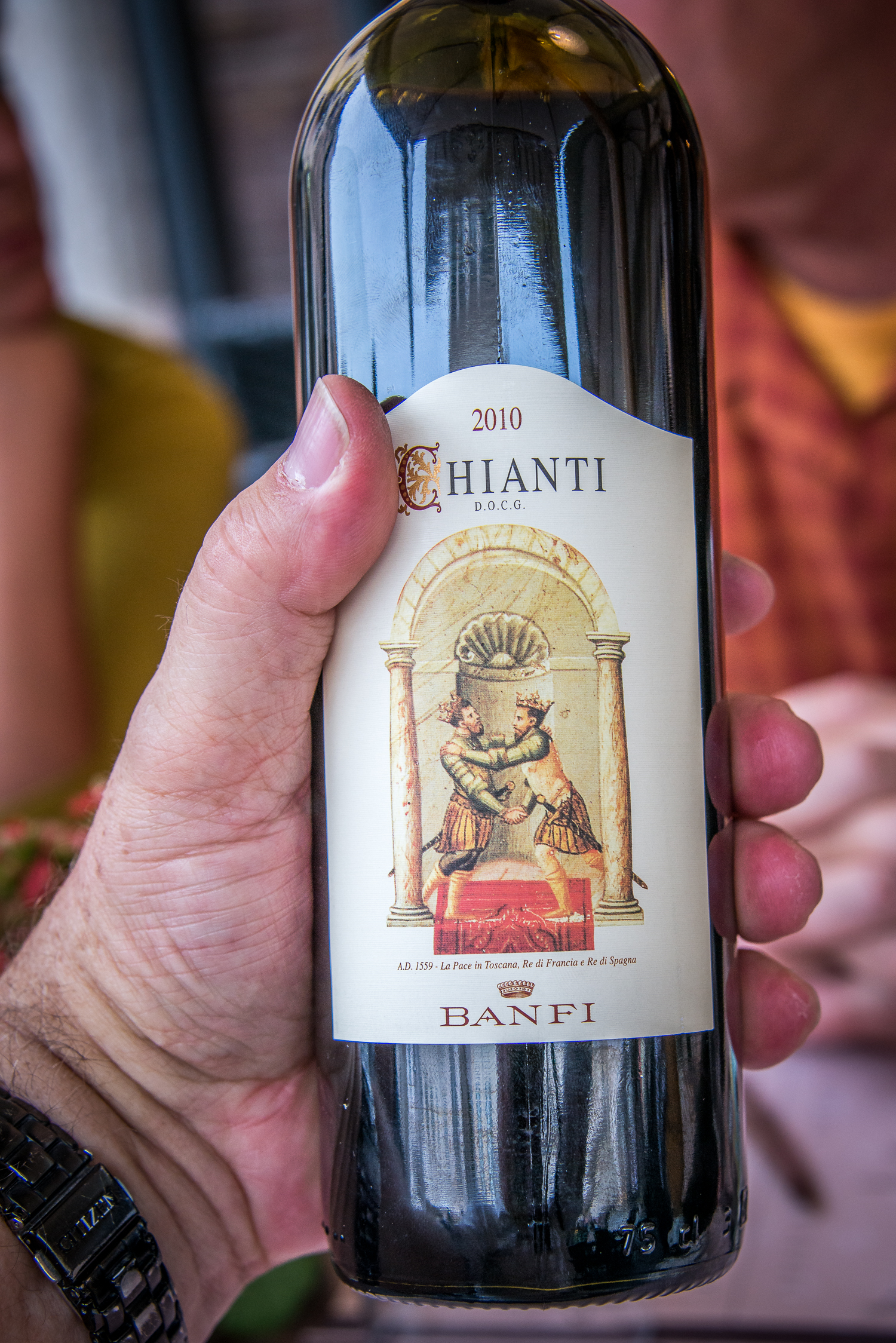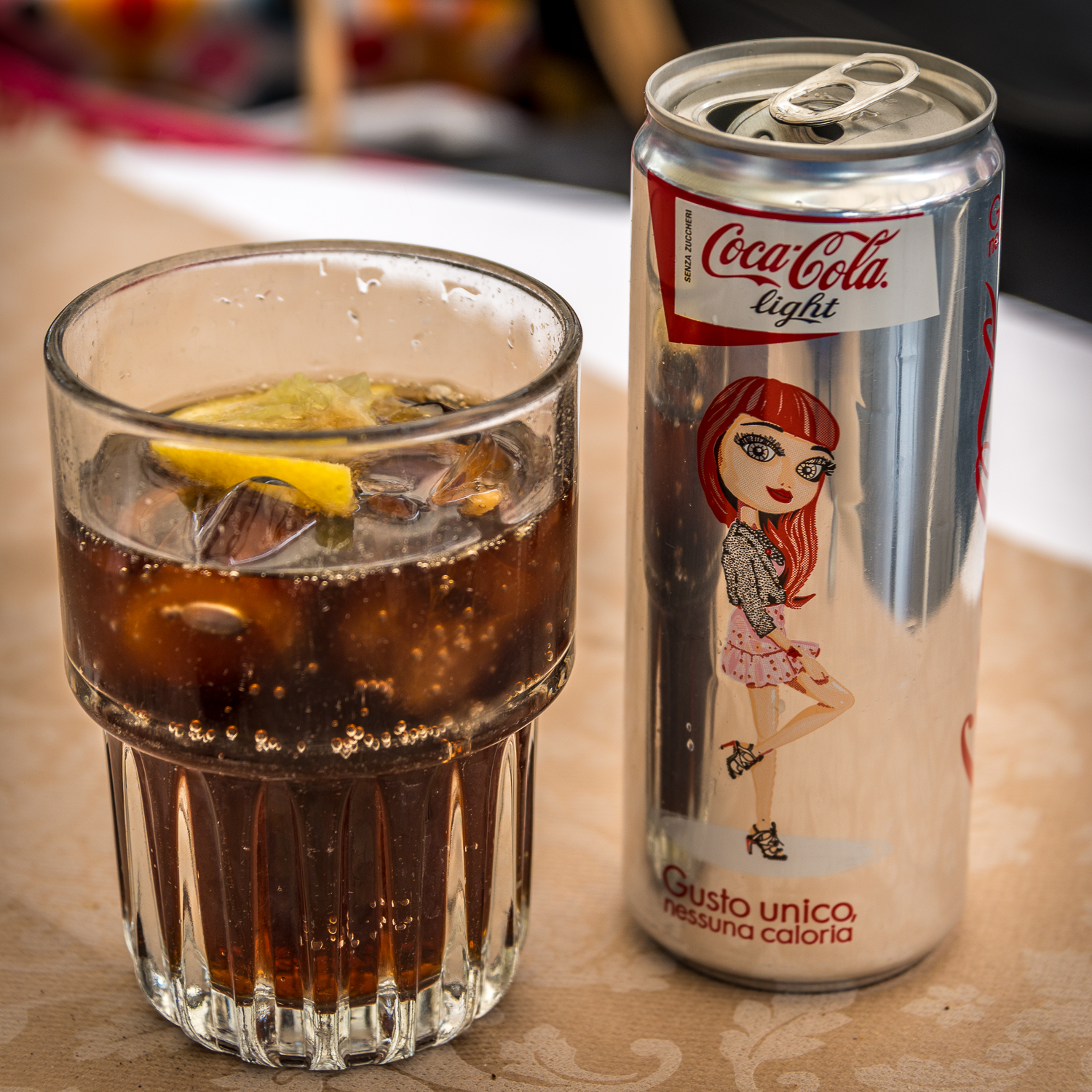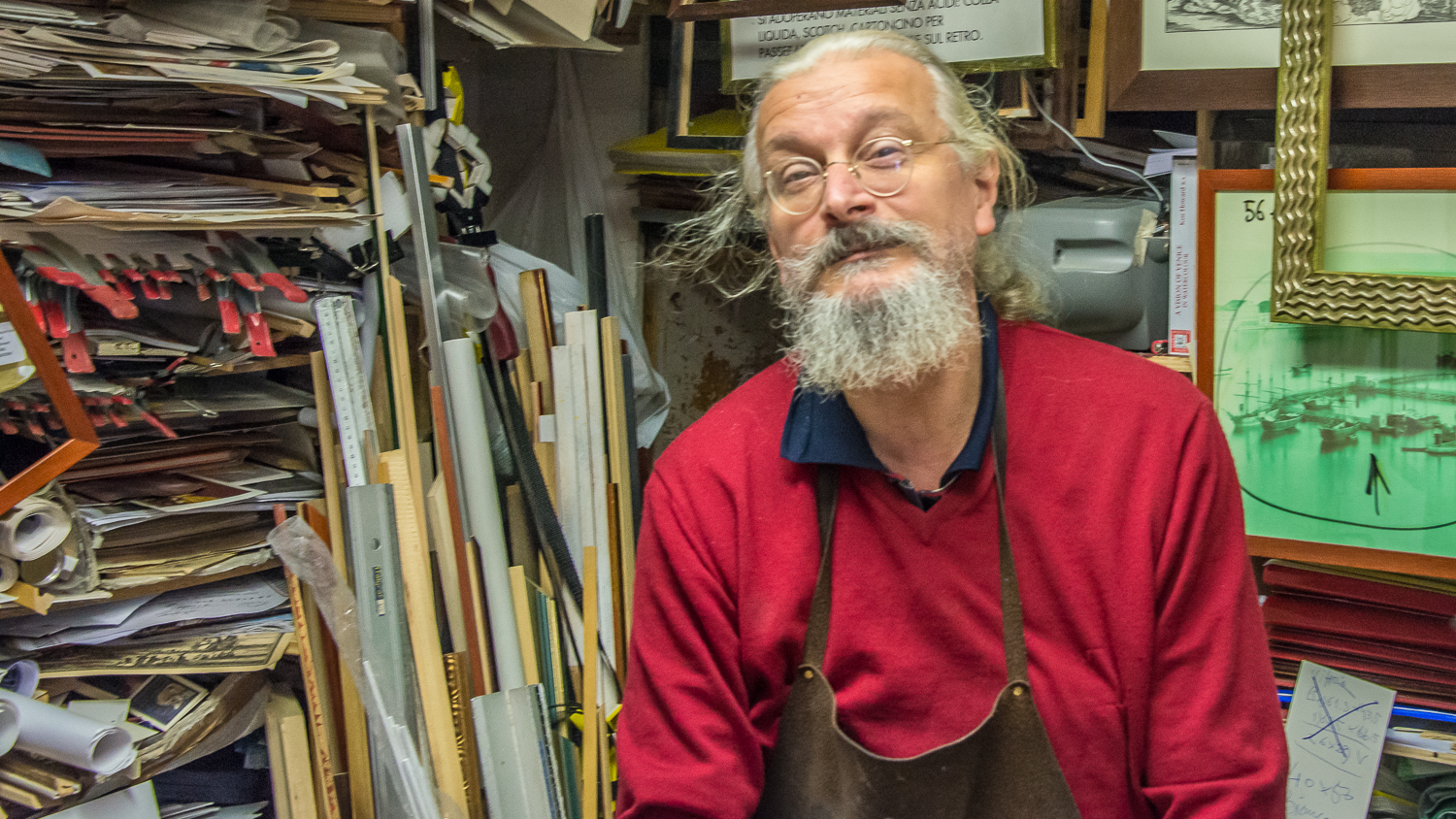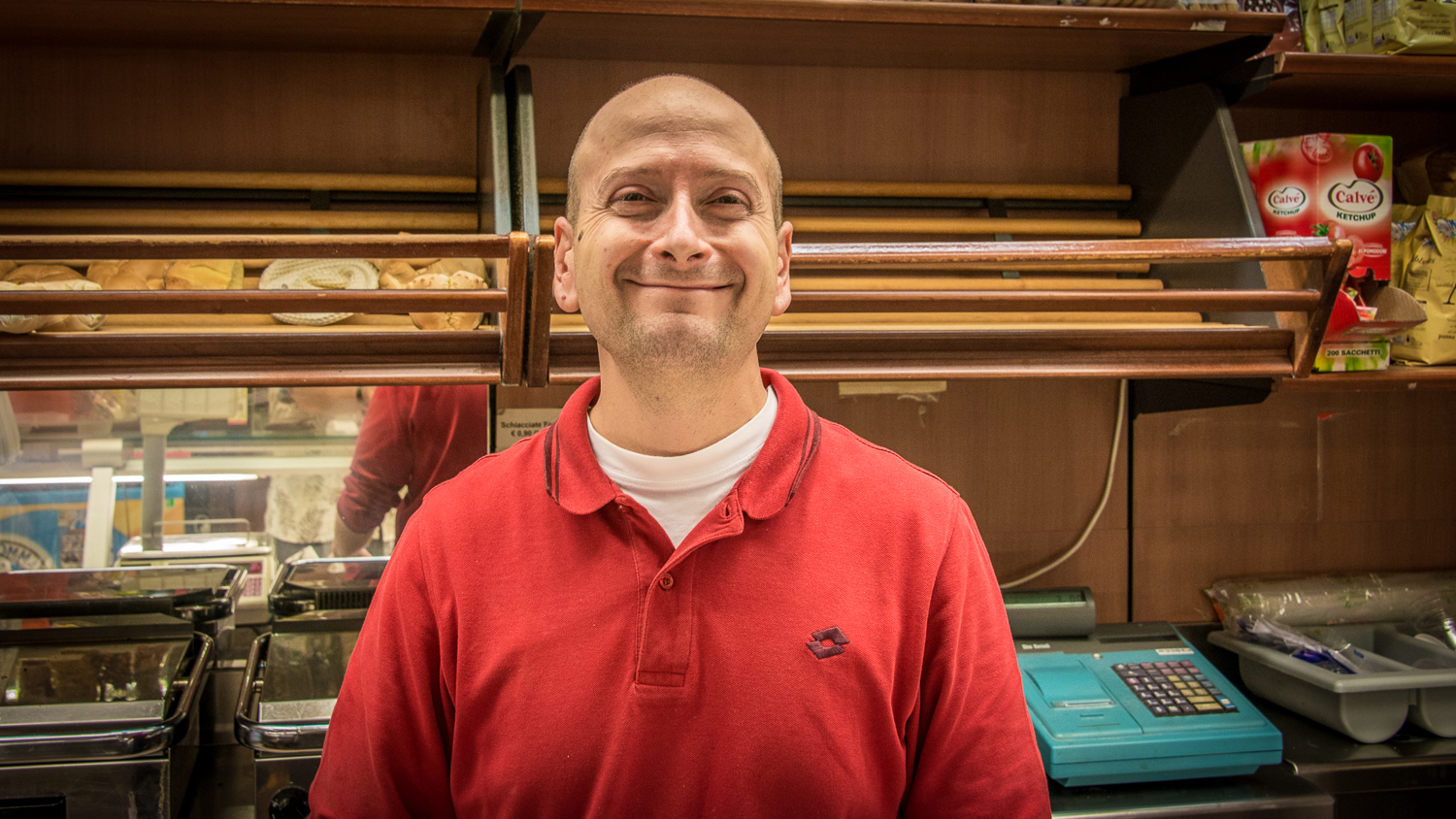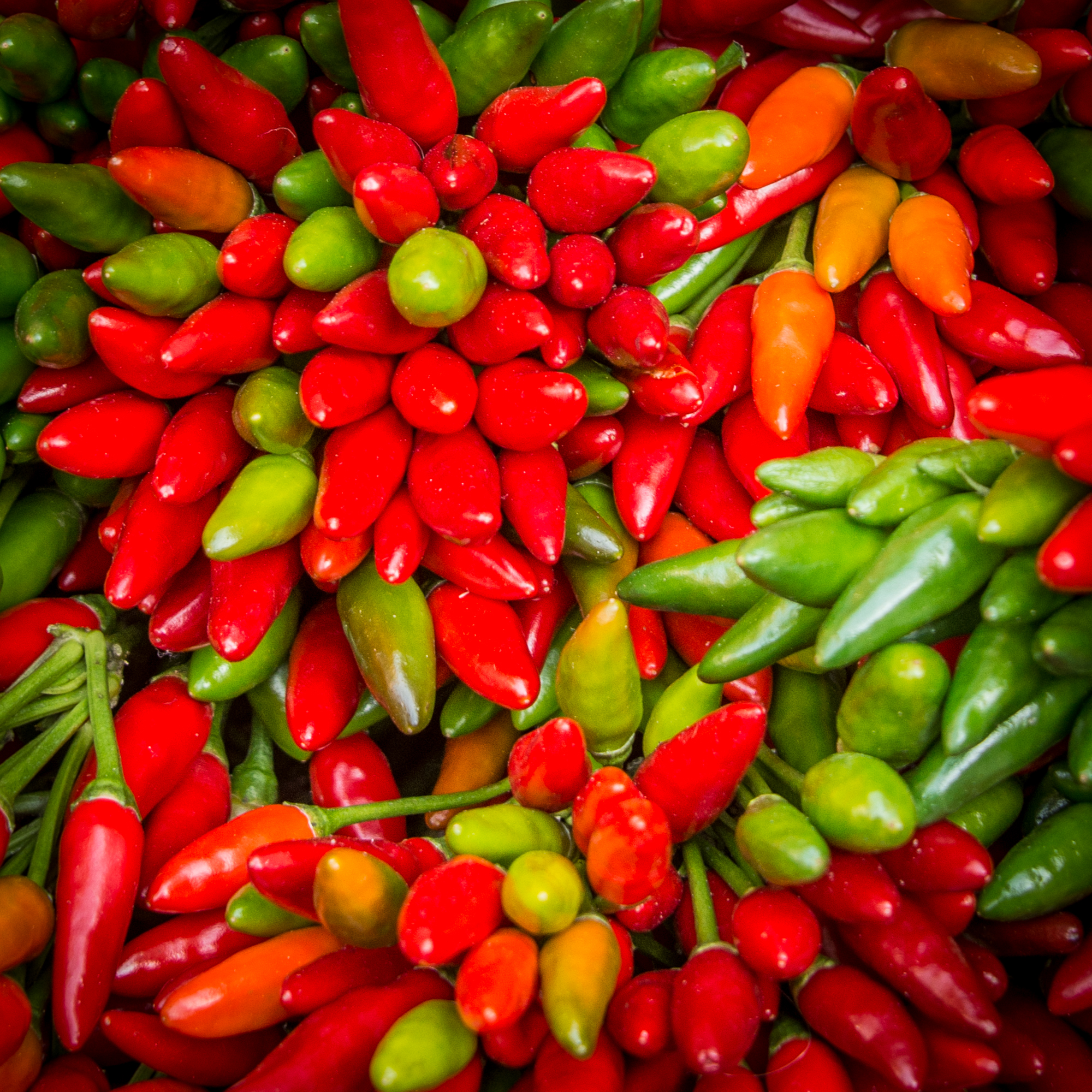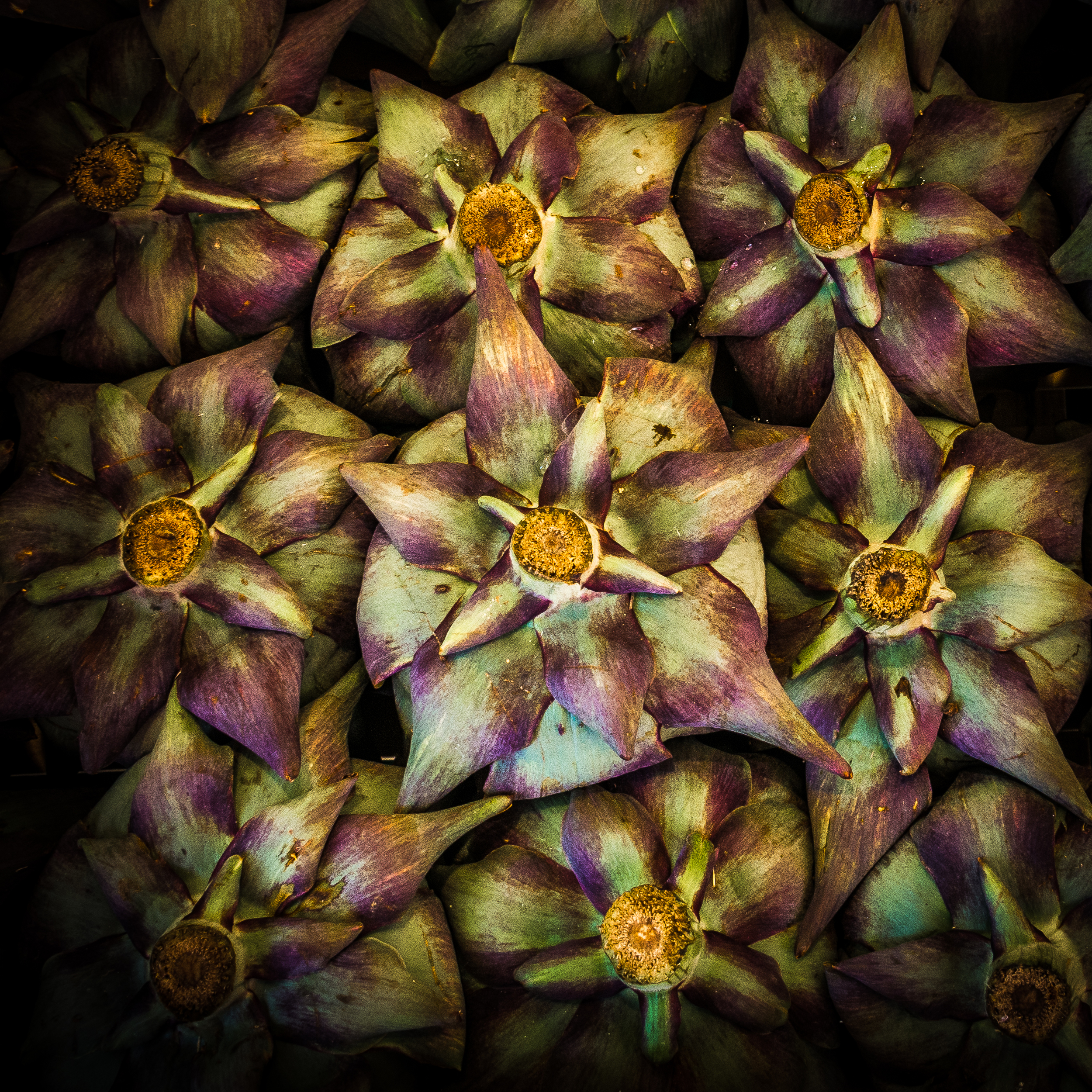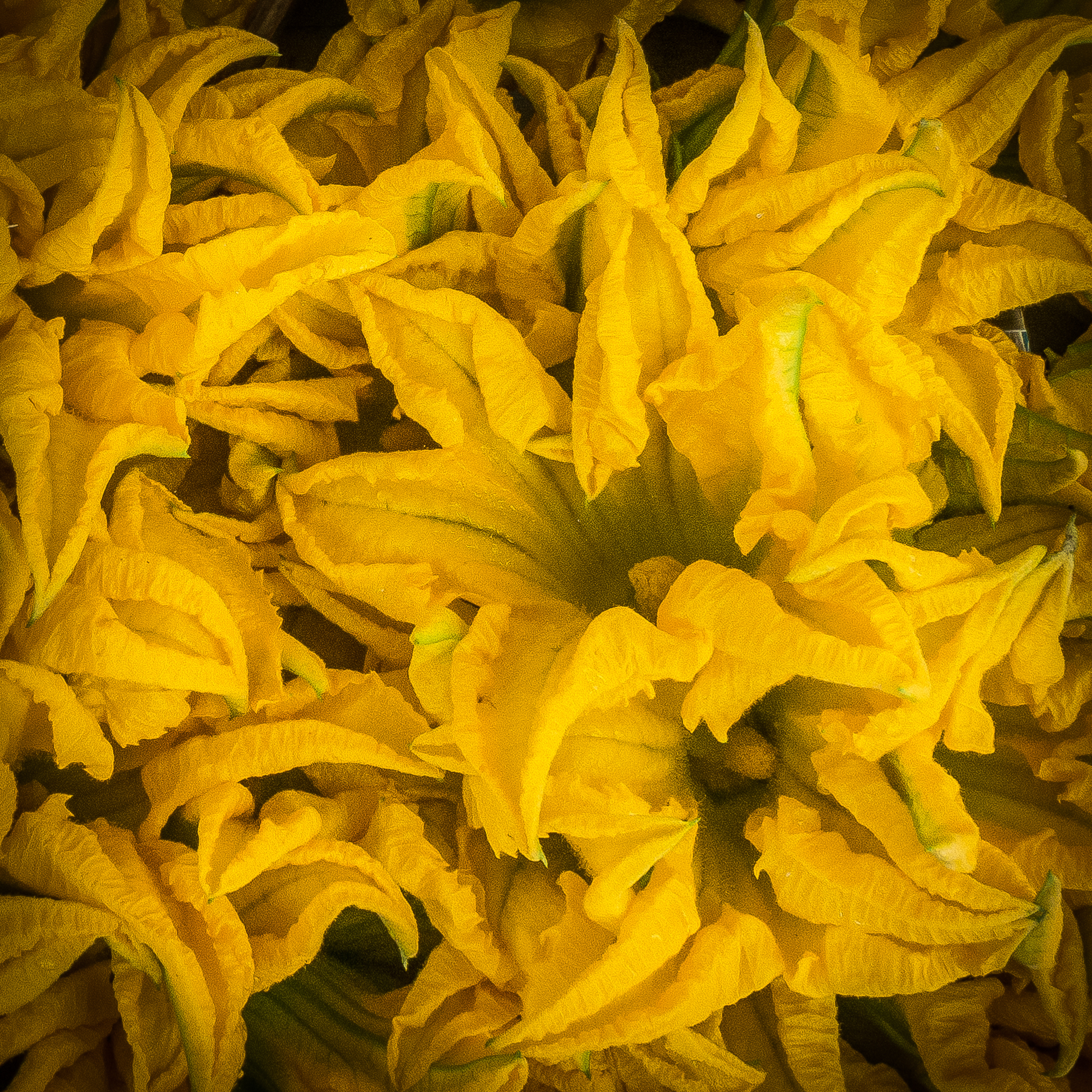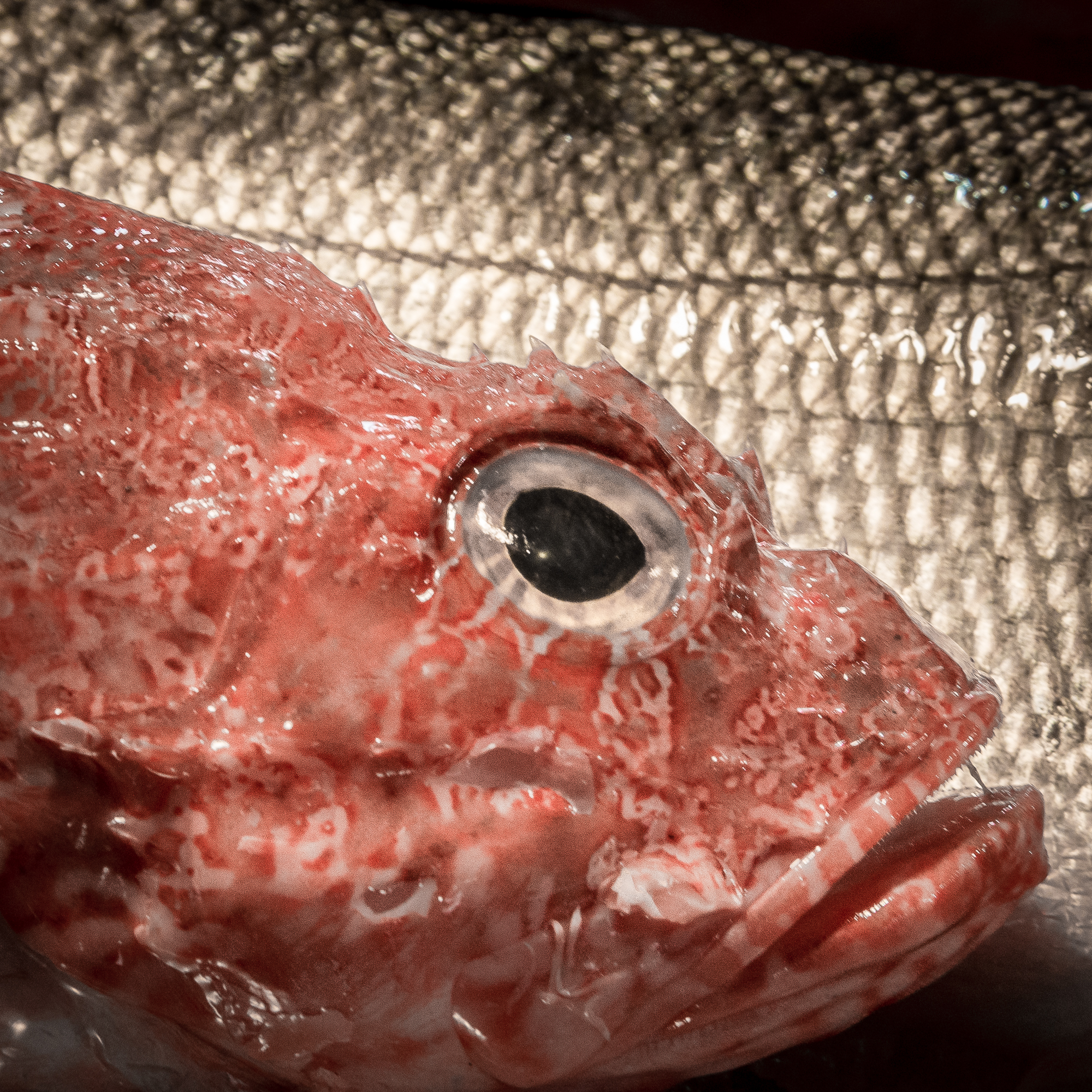If you are familiar with Italian wine, you know of Barolo wines (and I’m hoping that you have read my article on Renato Ratti winery here, where I described Barolo wines)…and you may be thinking that I mis-wrote above when I titled this article ‘An Evening IN Barolo’, as if I’m in a glass of Barolo wine. Though not a bad idea itself if one has a very large wine glass, I am referring to the town of Barolo, from which Barolo wines get their name.
The small town of Barolo is in the southern Langhe area, which is the area of the Nebbiolo grape vineyards that form the basis of Barolo wines…as well as Nebbiolo wines. And of course, we are in the Piemonte region of northern Italy.
This is the final article that concerns the Langhe vineyards and wine producing area of Piemonte. The previous articles are as follows:
This article is heavy on photos, and low on verbiage. You will see charming buildings and a nice, simple dinner — so here goes.
Yes, those are real grapes!
On Piazza Municipio
75 or 59?
Letterbox detail
And if you are a circus fan, don’t fret, as the Circo Peppino Medini comes to town in September for 10 days. And, as it says, ‘the show is suitable for all ages’.
Only 50 meters to Osteria la Canti Nella
Piazza Falletti
A Bit of Shopping
As Barolo is king here…in the town of Barolo…it is readily available in the wine stores.
Earlier in the day, we had learned to cook Italian in a wonderful cooking class, and tajarin pasta was one of the pasta types that we prepared…found here in a small market.
The local butcher shop, or macelleria, carried many of our favorite meet products.
Dinner Time with the Famiglia Brezza
As the evening approached our dinner time, we decided on the comfortable Brezza family restaurant at the Hotel Barolo. Note that the sign has both Italian and English information, so do not fear travel in Italy because of language issues, as explained in a previous article here.
OK, we are in the town of Barolo, in the heart of the Piemonte wine country, so one should expect to see a lot of wine. But, we didn’t expect to see so many bottles in one place. The ristorante Brezza proudly displays their wine in the midst of the diners who will be enjoying them. Though Craig looks calm in the photo below, he is actually feeling a bit of angst about which wine he will choose during our dinner…so many wines, and so little time!
We chose an Arneis as our starter white wine, and it was as delicious as we had hoped.
How about a 60-year old Barolo?! The bottle below would cost you only $300 here in Italy. Or, if you wish, you can purchase a 90-year old Barolo Riserva from the same vintner for only $500. You will NOT find these prices in the US.
Here are some more prices for the Barolo d’epoca, or vintage Barolo wines, as sold here in Ristorante Brezza. Next time I return to this restaurant, I think I’ll splurge for a wine that was produced in my birth year!
Another meal and another toast as we enjoy a bottle of Barolo.
Just in case you are interested in the price of a meal in a typical small northern-Italian town, here is the menu.
By the way, do you like truffles? This area is famous for its truffles. There are both black truffles and white truffles, so you have a choice. But beware, as the white truffles are much more expensive. Did you notice at the bottom-right of the menu that you can get one shaving of a white truffle for about $31? Ouch!
Below you can see our risotto made with Barolo wine, veal sausages, and wild boar…all delish, of course.
Well, it’s time to head back to our lodgings. And we are well satisfied with our visit to the small town of Barolo, as well as our wonderful meal at Ristorante Brezza. We will find ourselves strolling the night laden streets to linger just a bit longer.
Thank you for joining us on our stroll through the very quaint, very charming, town of Barolo. And also, we’re glad you joined us for dinner. That last Barolo toast? it was for you!
Ciao for now,
Steve
p.s. Join me next time as we leave the Barolo wine are of the Piemonte for Lake Maggiore.



